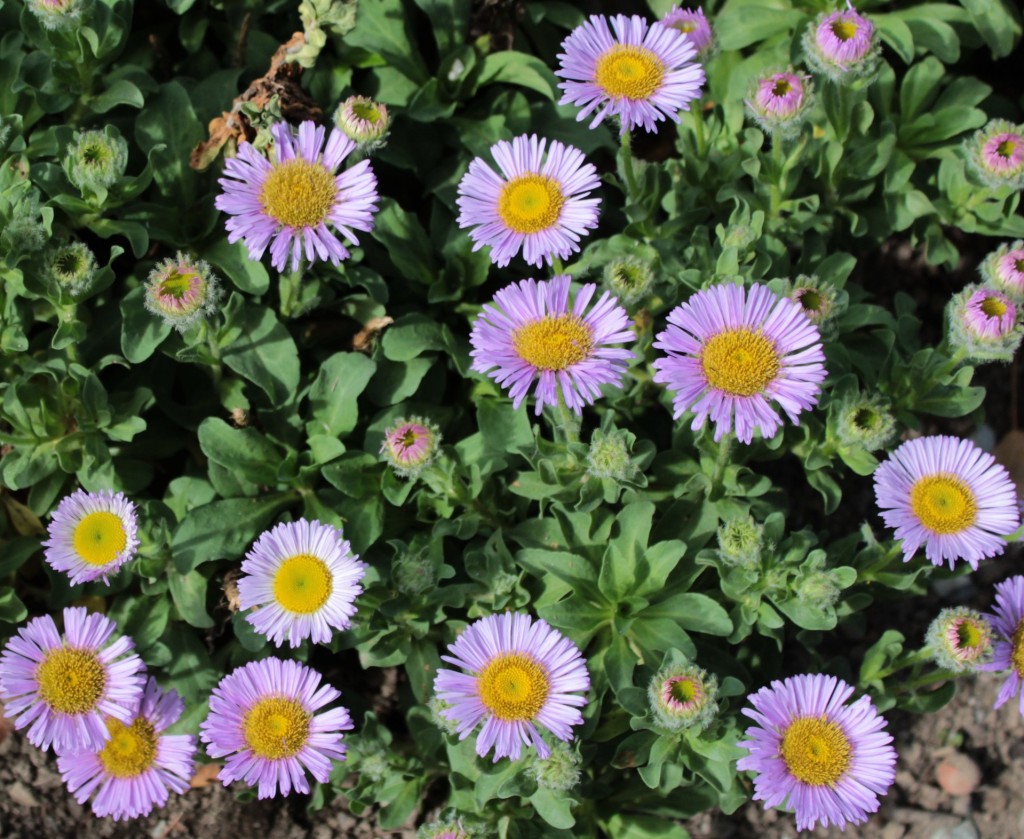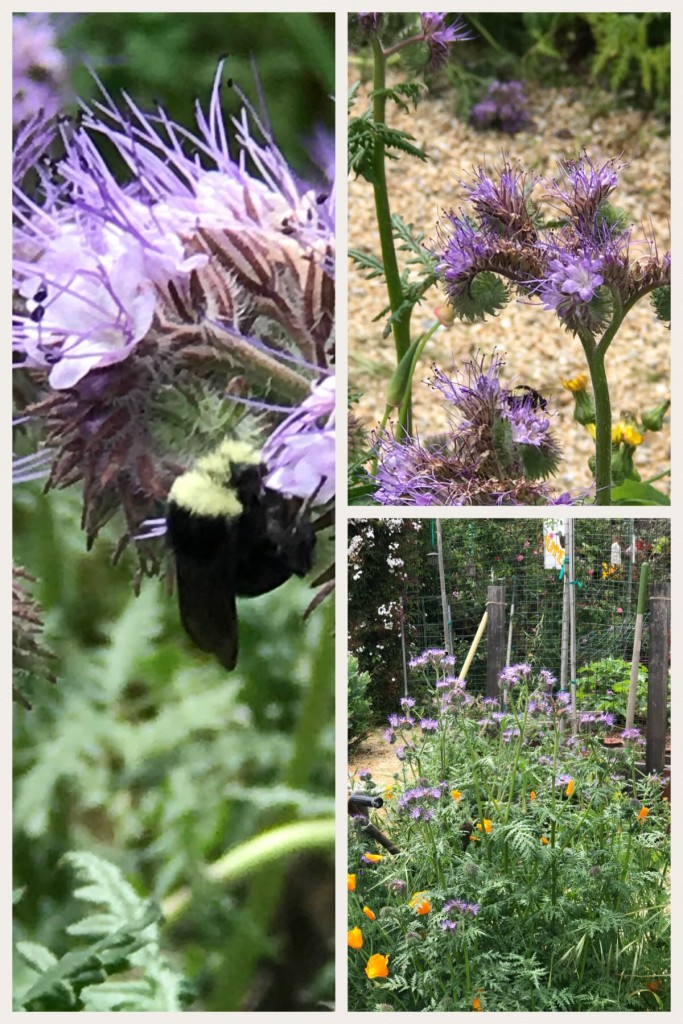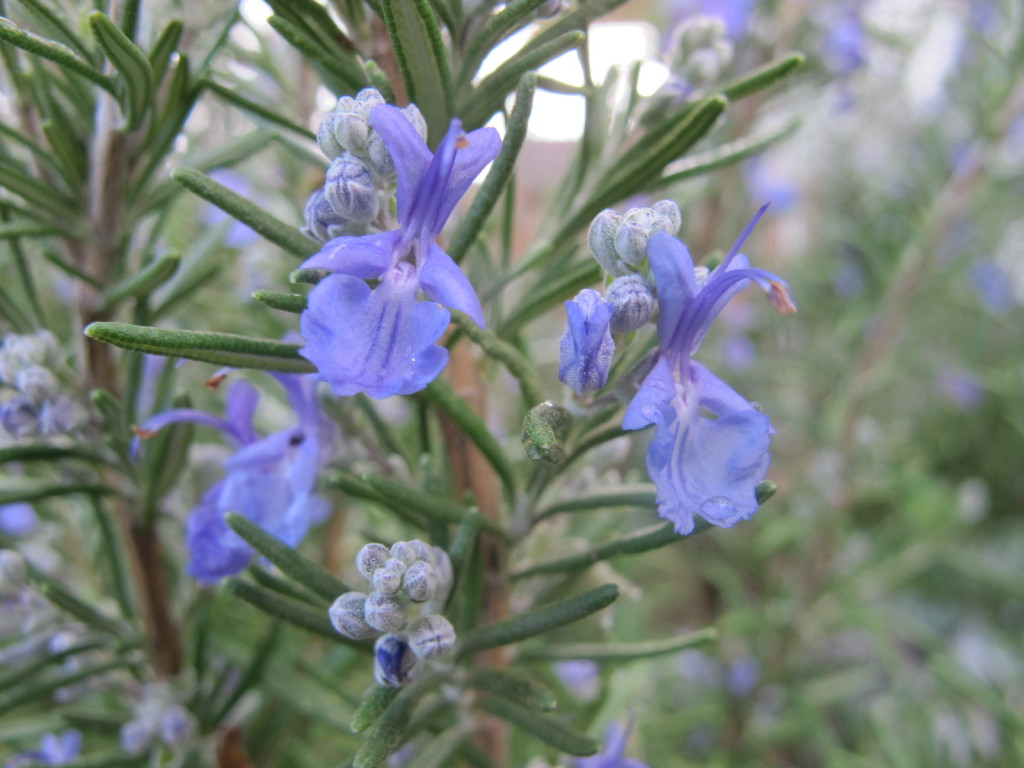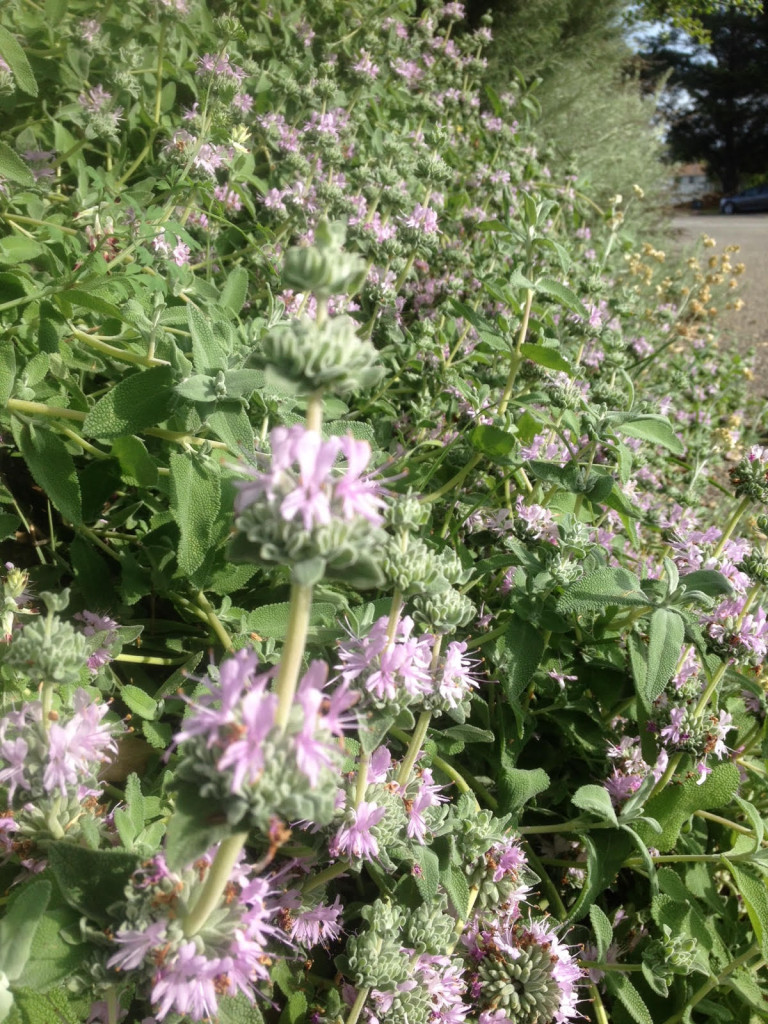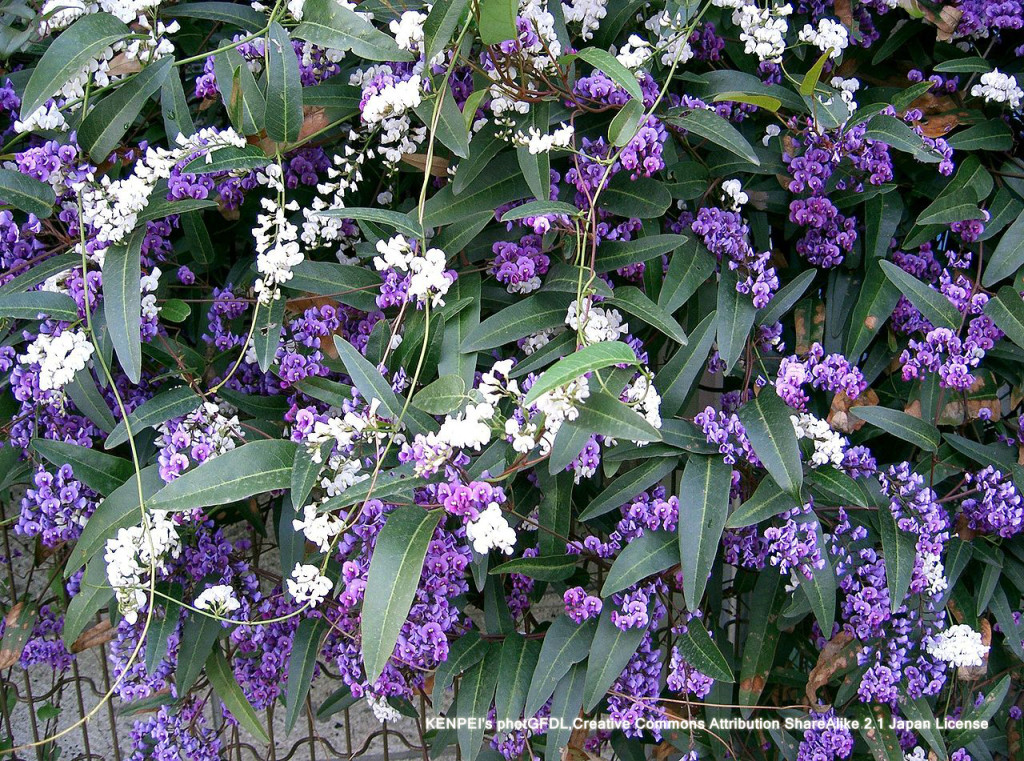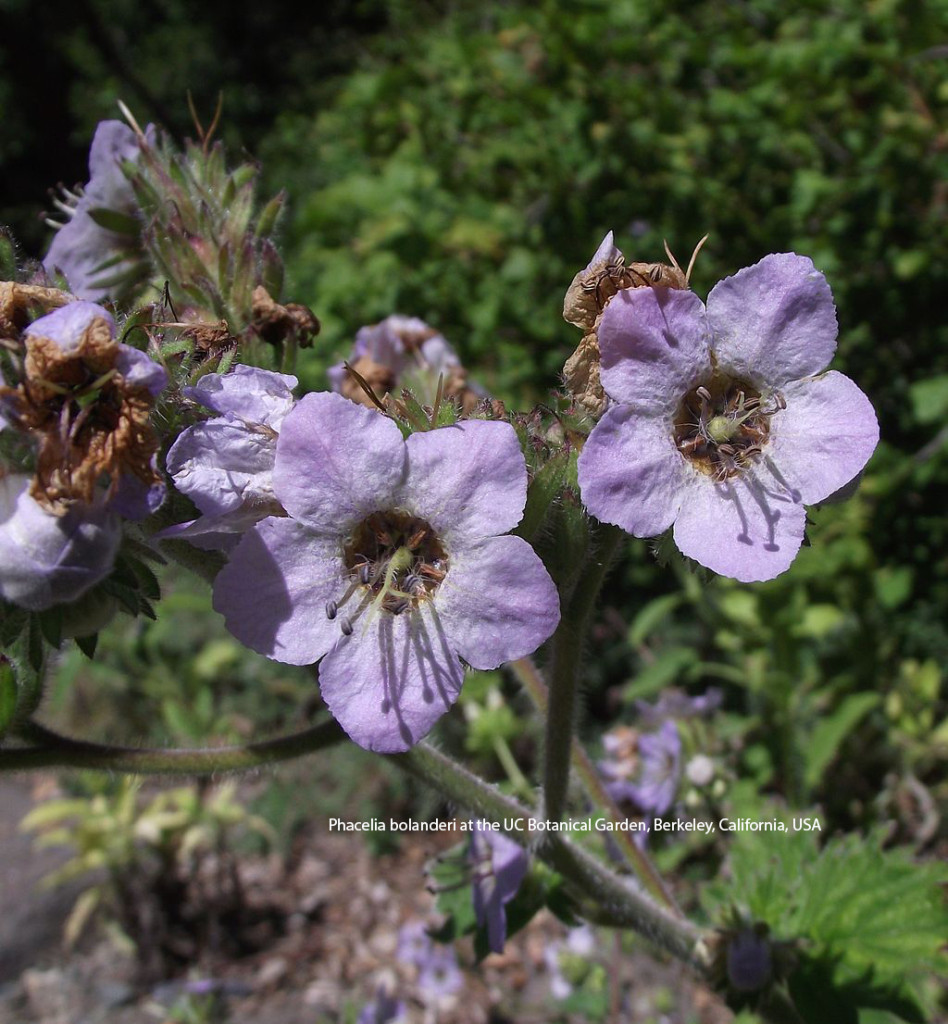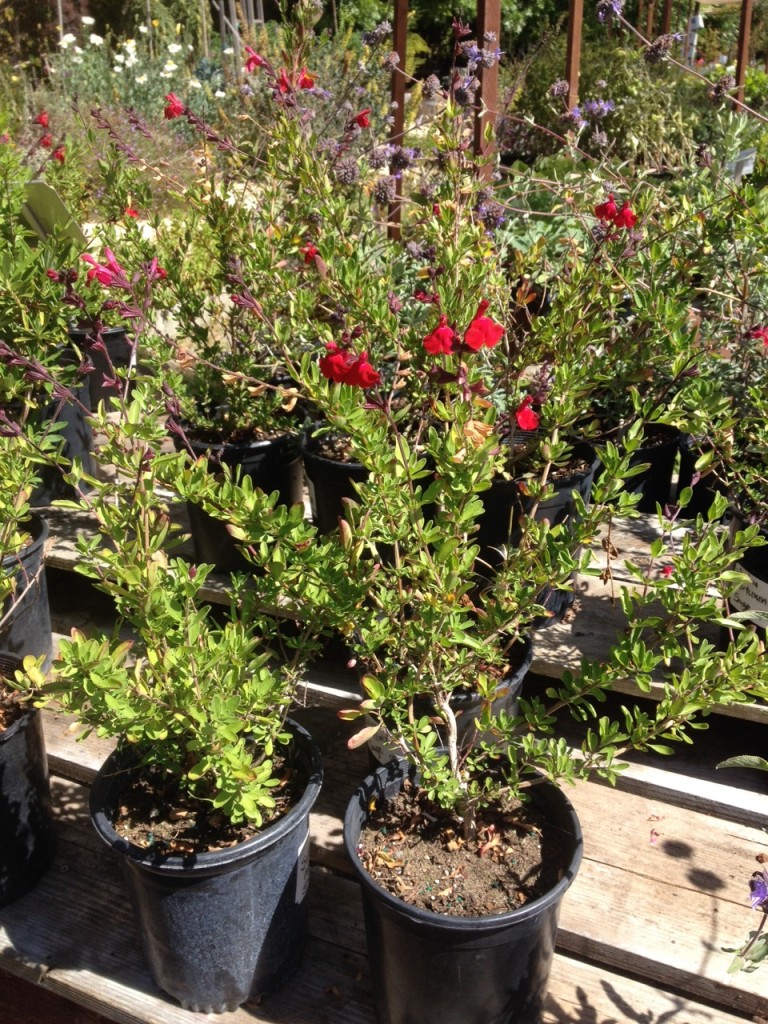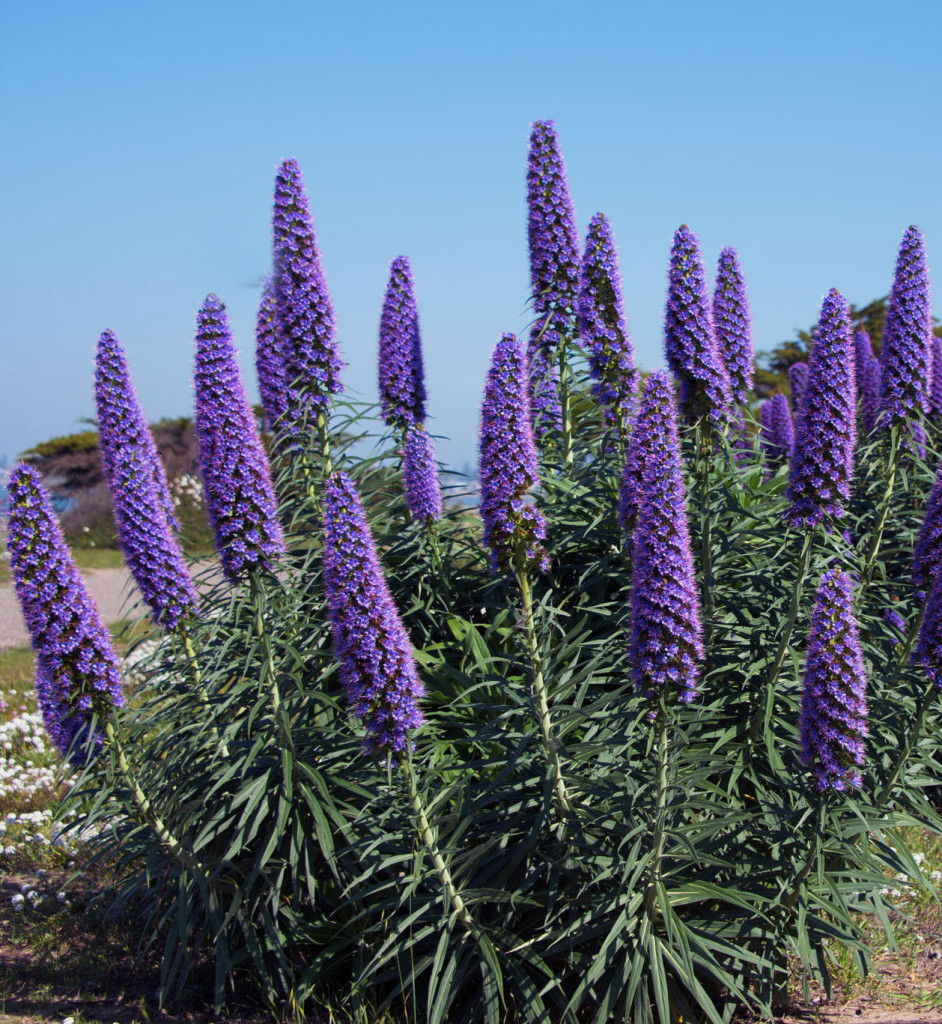Some of the plants we have mentioned from 2016 to 2018 as ‘Pollinator Power Plants’
Why?
Because they are a great benefit to pollinating animals!
July 2018
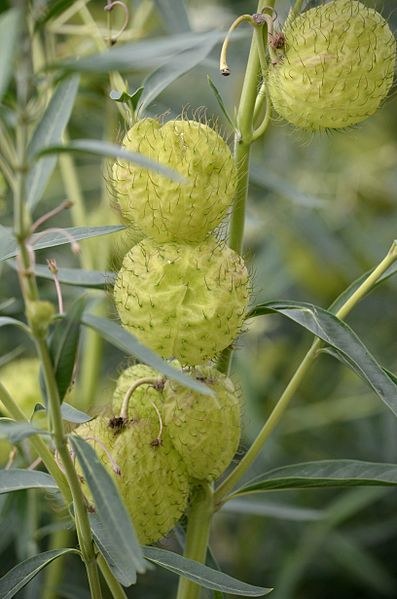 Gomphocarpus physocarpus is an African Milkweed loved by monarchs for feeding and reproduction. Expect 3-4ft of upright growth consisting of pinnate leaves in lush profusion. Small clusters of white and pink flowers give way to interesting seed capsules whose appearance invites comparisons ranging from alien eggs to male anatomy depending on the ambient giggle factor. When those crazy seed capsules open seed flies forth on delicate silken strands to populate the garden.
Gomphocarpus physocarpus is an African Milkweed loved by monarchs for feeding and reproduction. Expect 3-4ft of upright growth consisting of pinnate leaves in lush profusion. Small clusters of white and pink flowers give way to interesting seed capsules whose appearance invites comparisons ranging from alien eggs to male anatomy depending on the ambient giggle factor. When those crazy seed capsules open seed flies forth on delicate silken strands to populate the garden.
Lets visit an old friend for Pollinator Power Plant for June 2018: Erigeron glaucus ‘Seaside Daisy’
This native of California grows along coastal bluff regions from Oregon to San Diego. Reaches 4″ to 8″ inches height and accepts sandy or clay soil and spreads via rhizomes, so expect relatively fast growth as it’s rhizome mass matures. This is a superb ground-cover plant with almost neon pink and yellow aster flowers. Blooms appear in late Spring and persist until Fall. Keep and eye out for tiny little native bees, they seem to love this even more than California Native Buckwheat at the nursery. Use in part sun or full sun in coastal regions like Alameda and Oakland, but plant in part sun in hotter climates like Concord or Walnut Creek. It does tend towards some summer dormancy, shrinking and browning edges, so a wee bit of water every once in awhile is advised if you want to keep it going full speed and looking flush. Plant under Sticky Monkey Flower, Native Buckwheat or Artemesia for a habitat PARTY.
April 2018
Lacy Leaf Phacelia or Phacelia tanacetifolia is a California Native which is the BOMB of native bee friendly and pollinator friendly plants IMHO. Super fast growth to 3-4ft is followed by a month or two of blue blooms which are irresistible to bees, butterflies, and hummingbirds. She also attracts populations of beneficial predator flies (flies which look like bees but eat aphids!). There is nothing not to like about this annual flower. If you let her develop and drop her seed before cleaning up at the end of the growing season you will never lack for a return visit the next spring. She produces a LOT OF SEED. So much seed, you can probably start your own Lacy Leaf Phacelia Seed Co.. Two years ago I collected 10lbs of seed from a five by five foot area planted with Phacelia tanacetifolia.
March 2018
Tuscan Blue Rosemary is our pick for Pollinator Plant for March 2018
No it’s not in bloom yet but when it does bloom its a powerhouse of pollen goodness. Plant now so that by the time blooms come round there is lots of rosemary to bloom on!
Super drought tolerant and great for cooking, rich in oils which repel pests and easy to prune.
Salvia ‘Bee’s Bliss’ is our choice for Pollinator Power Plant for April 2017
This hybrid of Salvia leucophylla x S. clevelandii or S. sonomensis is one of those ‘native’s’ developed in a Botanic Garden. Growing 2 feet high and 5 feet wide, this low ground cover feeds bees and butterflies as well as receiving occasional visits from hummingbirds. Expect blooms of lavender whorls from Spring into Winter. Extremely drought tolerant (just water to establish) and cold hardy to 18 F
November 2016

Eschscholzia californica , California Poppy is our choice for Pollinator Power Plant for November 2016. Not because poppies actually should be growing or blooming right now, but because NOW is the time to sow seed for poppies next year. Sow seed directly, mixed in soil and sand and expect a sea of lime-green foliage and golden orange flowers next spring or earlier. Watch as big black bumble bees roll up and down the stamens, sometimes turning over on their backs to get the pollen goodness!
September 2016
Hardenbergia violacea is the Pollinator Power Plant for September 2016. This is a thick green vine which reaches 10ft + and keeps it’s leaves all year round. She has low water needs when properly established and takes to container growing better than most vines. The truly special thing about ‘Wandering Lilac’ is when it flowers. Unlike most vines I can think of, Hardenbergia shows off purple/white blooms during fall and winter! That’s right, when most flowering plants are in dormancy and most evergreen plants are quiescent, this vine is blooming with vibrant color. This means animals which usually must wait until spring for a source of pollen/nectar can brave the ‘cool’ and bring home some food. It’s a win-win situation, humans get eye candy during the seasons when eye candy is at a deficit and animals get a source of food to carry them through tough times.
August 2016
Caterpillar Flower (Phacelia bolanderii)
Endemic to canyons and ridges from Northern California to Southern Oregon, this little drought tolerant pollinator friendly native grows 8″ high and 2′ wide. Plant on slopes in part sun or half day exposure for best success. Expect flowers April to August which attract and benefit hummingbirds, butterflies and bees. Sometimes dies to the ground, but usually returns with a vengeance next spring and always re-seeds. Great for a difficult to access area. Looks good with low lying California fuchsia like Epilobium ‘Scheiffelin’s Choice’ (which also appreciates sloping planting areas).
Hint for prolonged blooming, give water once a week in summer!
Salvia greggii ‘Autumn Sage’
Native to Texas all the way down the gulf coast to Mexico, this little sage packs a lot of love for hummingbirds with it’s stop-light-red nectar rich flowers! Expect 3ft. by 3ft. height and width, lending itself to small yards and containers by virtue of its small size. Does well in part sun or half day exposures. Requires little or no water when established in the ground and only moderate water in containers exposed to full sun. In the Bay Area it prefers living West of the Caldecott tunnel in marine influenced regions where sustained frost is uncommon.
Beware, this red flowered sage drives hummingbirds into frenzies of territorial antics and provides hours of amusement!
May 2016
Echium PRIDE OF MADEIRA
Looking for a bee magnet? This beauty from the island of Madeira grows to 4′ x 5′ and shoots spikes of blue flowers above that! Extremely drought tolerant and capable of growing in almost any soil condition, this is the perfect plant for a difficult area oft overwhelmed by weeds or difficult to access for gardening chores. Just plunk a 4″ pot of Pride down anywhere getting full or half day sun and expect a big plant three months later!
